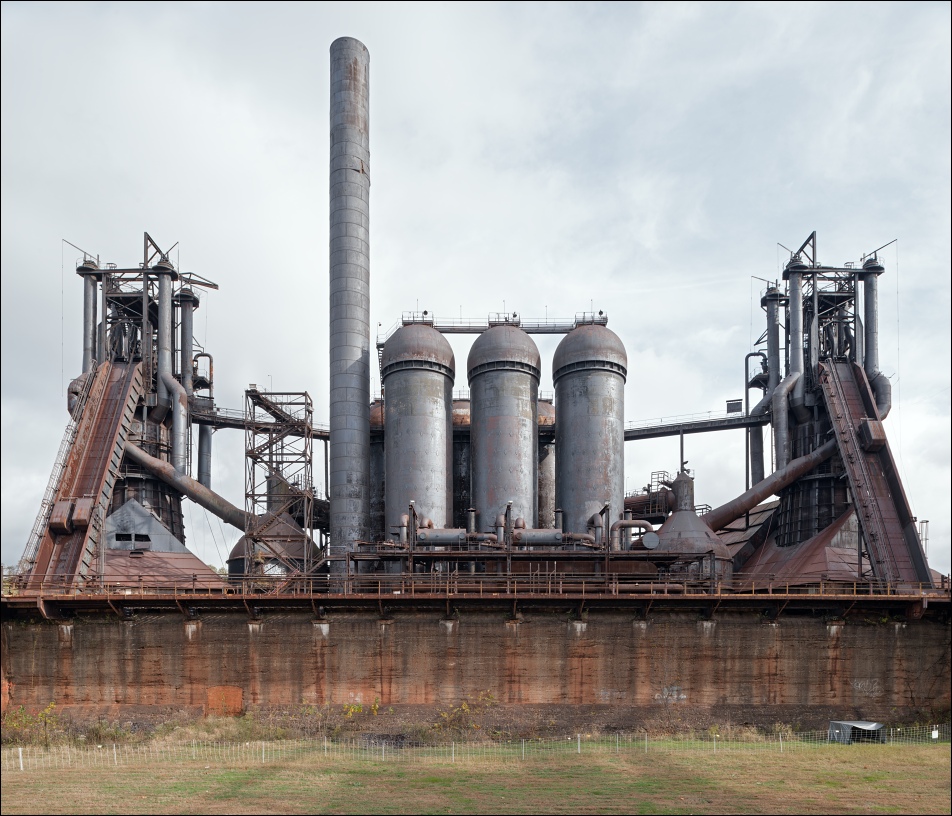
Carrie Furnace, homestead works
Carrie Furnace in the eastern part of Pittsburgh was founded in 1881 and bought two years later by Scottish emigrant and manufacturer of american railways Andrew Carnegie. The mill thus became part of Carnegie Steel Company. Within other investments modern open-hearth steel shop was built in 1886.
Despite of many technological developments and primacies the works got (in)famous for dramatic strike in 1892. Workers depressed by poor working conditions and low salaries locked the plant management in administrative building. Long lasting siege forced the chairman of Carnegie Steel - Henry Clay Frick in that time - to uncompromising intervention. The strike was bloodily suppressed by state troops. As a result - thousands of dismissed workers and salaries cut in half for the remaining ones..
In 1901 the mill became part of US Steel. By the 40´s Homestead works had over 15.000 employees.
Dramatic changes on the domestic steel market during the 70´s caused first major problems and jobs cutting. In 1986 the entire mill was shutdown for good.
Two remaining blast furnaces no.6 and no.7 were preserved until today. Built in 1907, active until 1978 and having National Historic Landmark status since 2006. Now part of open-air industrial museum under Rivers of Steel project.
Keywords: carrie furnace, carnegie steel company, rivers of steel, pittsburgh, henry clay frick, homestead strike, us steel homestead, rankin, pennsylvania, blast furnace, vysoká pec, hochofen, železárny, wielki piec, steelworks, steel mill, american industry, huť, metalurgický závod, industriální architektura, industrial architecture
Views: 6275 ×